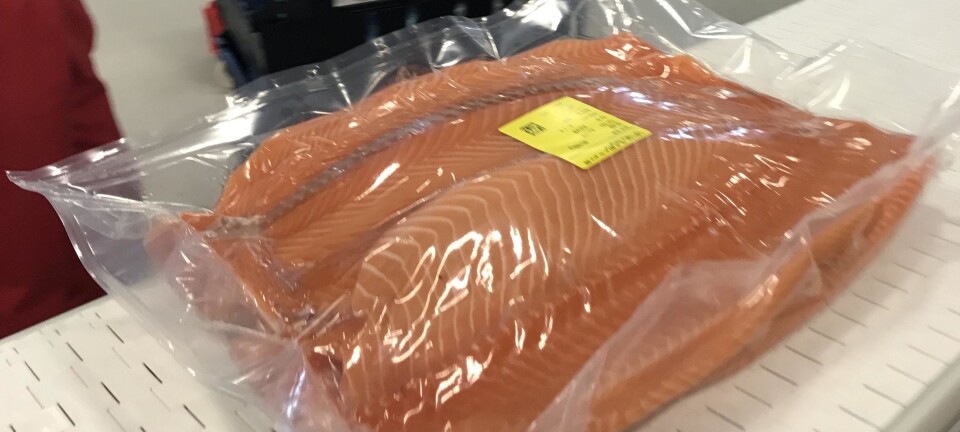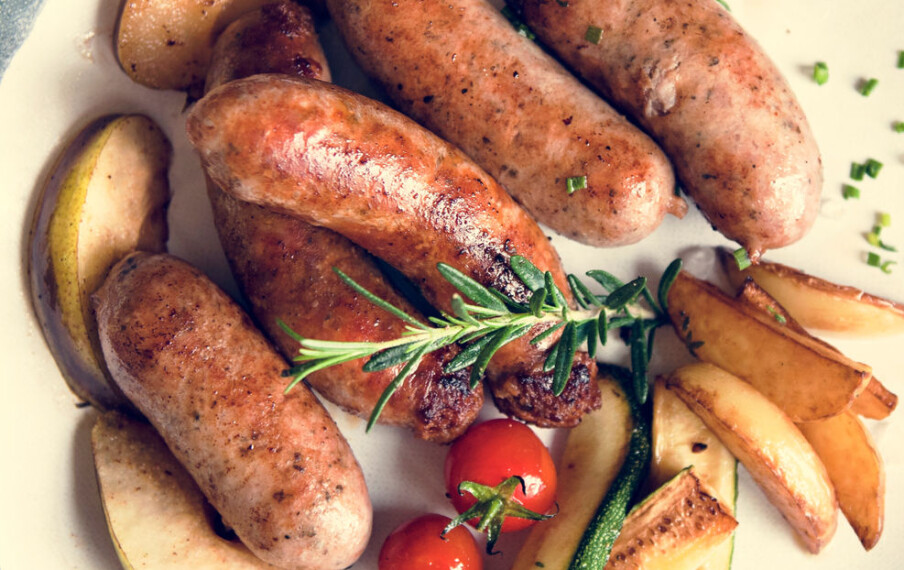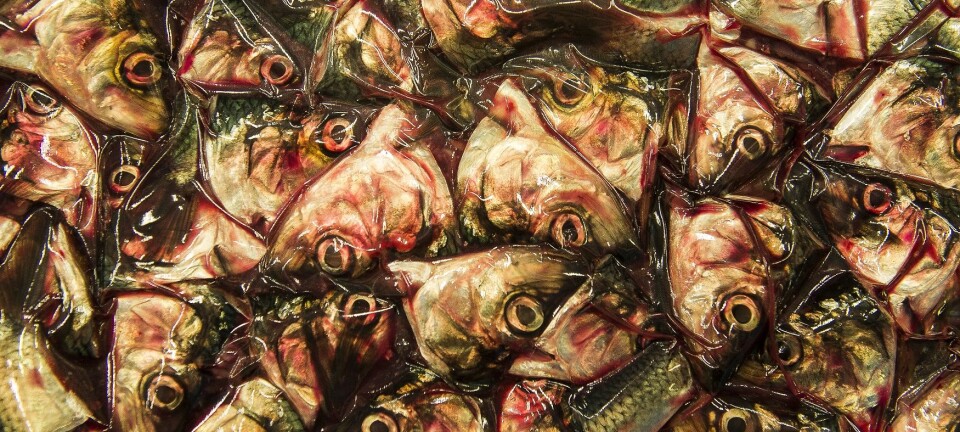This article was produced and financed by Nofima The Norwegian Institute of Food, Fisheries and Aquaculture Research - read more
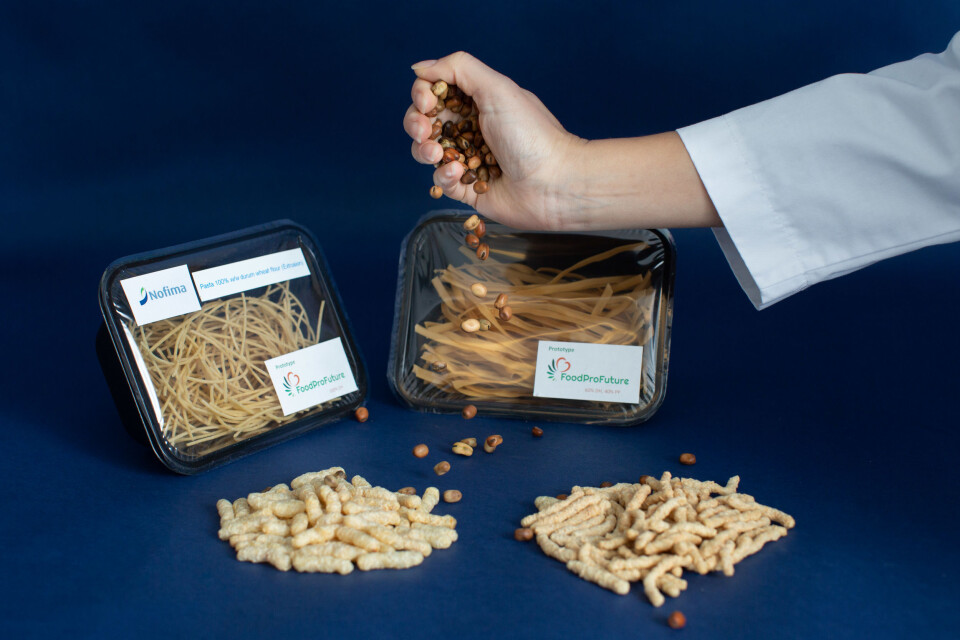
People are embracing plant-based, ready-made food – but is it always healthy?
A dairy-based cheese may be healthier than your vegan option. For now anyways. Resarchers are experimenting with peas and beans to create healthier plant-based alternatives.
“The exploitation of plant proteins is part of the solution for sustainable food production," says Anne Kjersti Uhlen, professor at NMBU.
"Peas and beans are protein-rich legumes that can be grown in Norway and may help increase food production and contribute to a lower environmental impact and better health”, she says.
However, the results from consumer research on plant-based food shows that the main reason why Norwegians eat less meat is not because of the climate and environment.
Opting out of meat – occasionally
Norwegian consumers primarily wish to reduce their meat intake due to health reasons. 71 per cent of respondens gave this as their number one reason in a research paper produced in the FoodProFuture project (Bugge & Alfnes, 2018).
A third of respondens, 36 per cent, also wanted to reduce their meat intake because of environmental/climate reasons. A quarter, 26 per cent, were concerned with animal welfare considerations.
“At the same time, many young people say that the reason they wish to limit their intake of meat is motivated by environmental, animal welfare and ethical considerations. Women are also far more concerned about animal welfare than men are”, says researcher Annechen Bugge at SIFO, Oslo Met.
Still, very few choose to change to a completely plant-based diet. The number of people with a vegetarian (3%) or vegan (1%) lifestyle is the same as it was 10 years ago.
Why we’re seeing a “vegetarian boom”
“The increasing focus on reducing meat consumption has resulted in an increasing number of flexible vegetarians, or flexitarians”, says Bugge.
A flexitarian is a person who consciously opts out of eating meat, fish, eggs and dairy products, either often or occasionally. So what do flexitarians buy when they wish to cook vegetarian food? Sacks of potatoes, carrots and cabbage?
Not so much – convenience foods is really what they’re after.
“Many people express that they find it difficult to prepare vegetarian dishes. However, the acceptance of ready-made food products is far greater for unfamiliar dishes we are not accustomed to, than for familiar and traditional dishes. In this regard, freeze-dried fårikål, (traditional mutton stew) is therefore an entirely different matter than a Thai or Burmese vegetarian dish”, she says.
Unhealthy vegan cheese?
Sales of vegetarian foods are growing, and an increasing number of people wish to have a more plant-based diet. The food industry has certainly taken note of this, and has introduced dozens of new vegetarian and vegan products in Norwegian grocery stores in the last couple of years.
However, vegan products do not always represent a healthier alternative.
Tove Devold is a researcher at NMBU. She describes two different types of white cheese found in grocery stores, one made in the traditional way with pasteurized milk, and the other made with water, vegetable oils and starch.
The cheeses are more or less equal in terms of fat content – but the other nutritional contents of the vegan cheese surprised the researcher.
“It does not contain any proteins. We’re talking zero percent proteins compared to 27 percent proteins in the dairy-based cheese”, she explains.
Instead of proteins, the vegan cheese contained an entire 22% carbohydrates, whereas the dairy based cheese had 0% carbs. This is due to the heavy use of starch from potatoes and other sources.
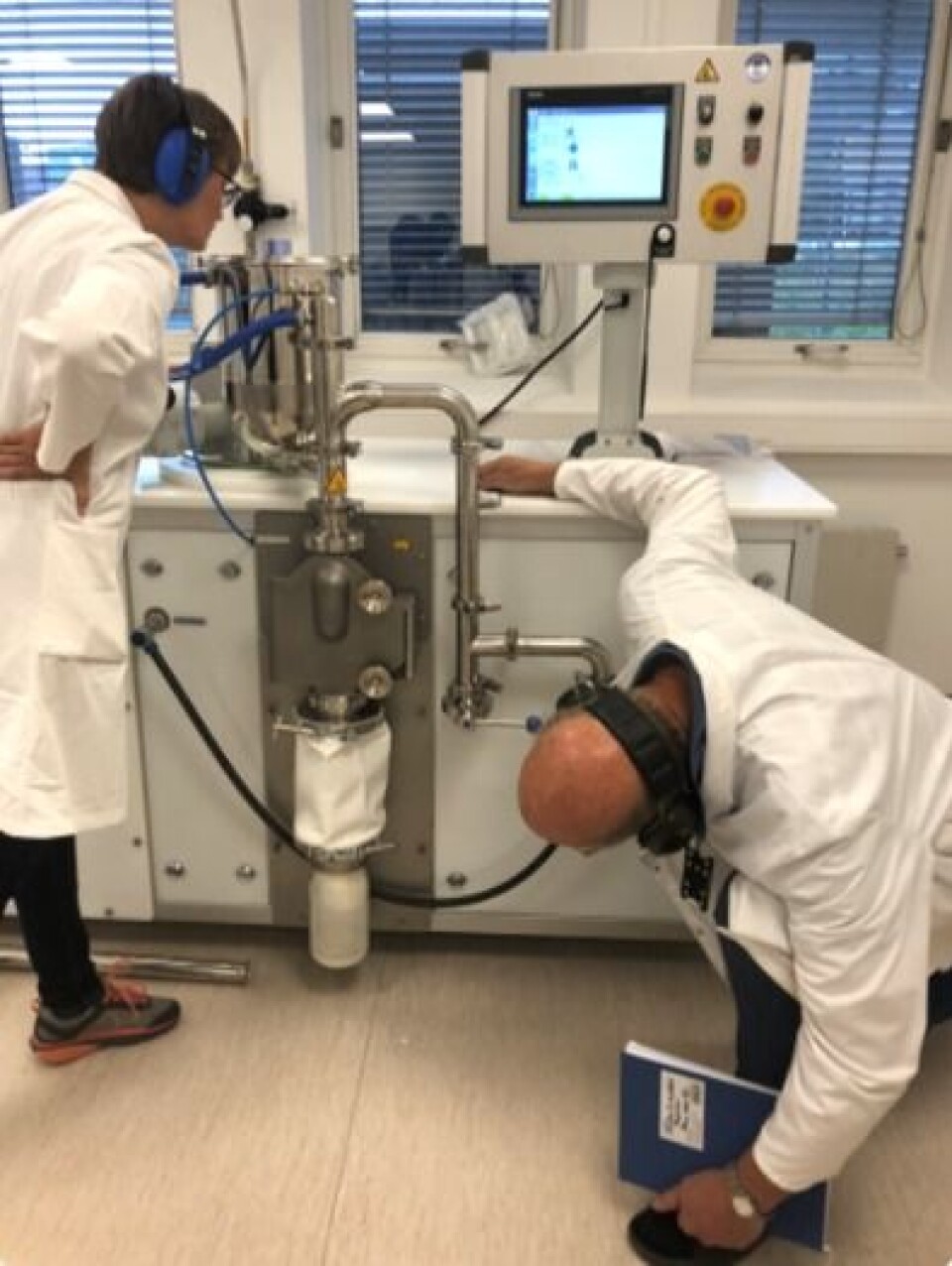
“This is an example of the challenges that may arise when we start using new raw materials to create analogue products, that is, products imitating the ones we are familiar with”, says Devold.
She believes new methods for manufacturing protein-rich ingredients would bring us one step closer to improving the nutritional content in analogue products.
Making plant-based “meat copies”
At Ås, several Nofima researchers are working to achieve this. Senior researcher Svein Knutsen proudly shows pictures of his new “baby” – a dry fractionation machine.
“This enables us to separate proteins and starch from each other in a sustainable way, without the use of chemicals”, he said.
The processing involves fractionating plant material from, say, legumes (such as peas and beans) using a processor and a flow of nitrogen. The result is a flour-like powder with a significantly high protein content (50–60%) since the bulk of the starch has been removed.
The goal of Knutsen and his colleagues is to use the protein-rich powder to experiment with new meat analogous products with a high plant-based protein content.
“From the initial experiments with soy protein, we are now able to make products using only proteins from beans. These are products with a meat-like texture and bite, not to mention that they are healthy and rich in protein”, he says.
The next challenge is to utilise proteins from peas, and to improve the taste.
“The main challenge with all these proteins is to make them create structures that stick together in a way that makes it possible to create attractive food products”, he concludes.








